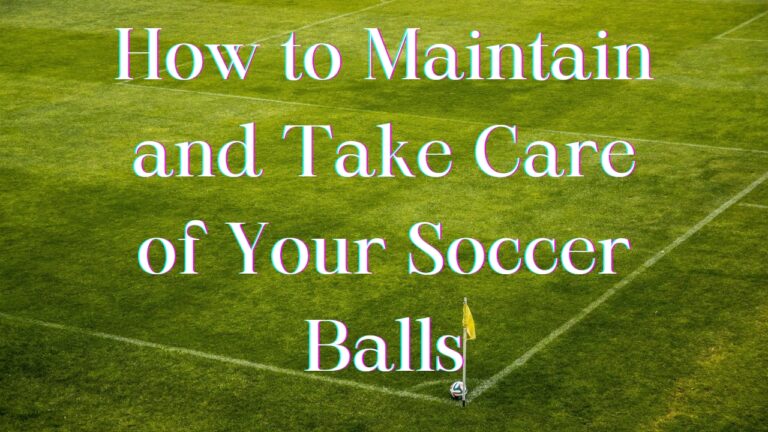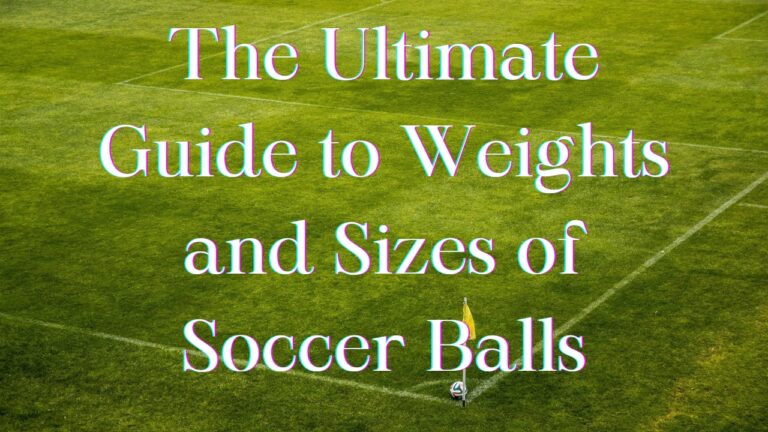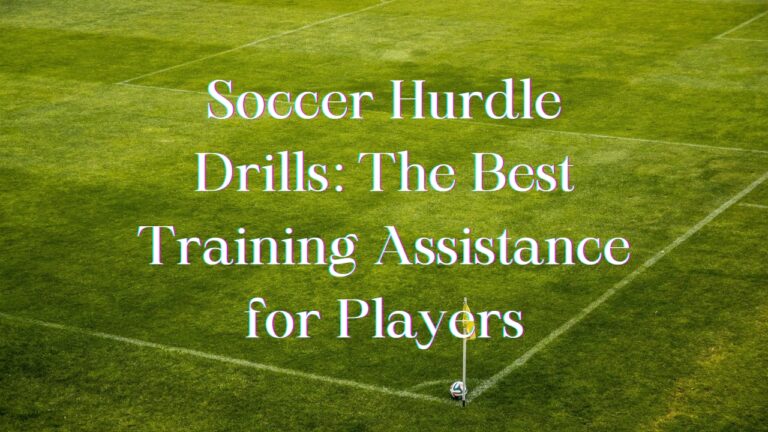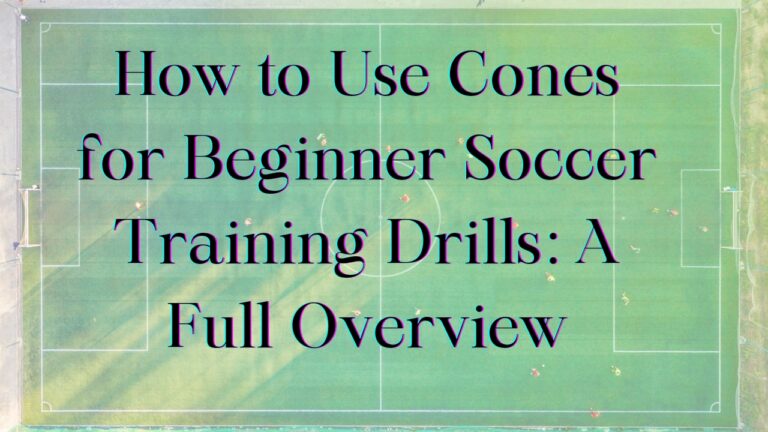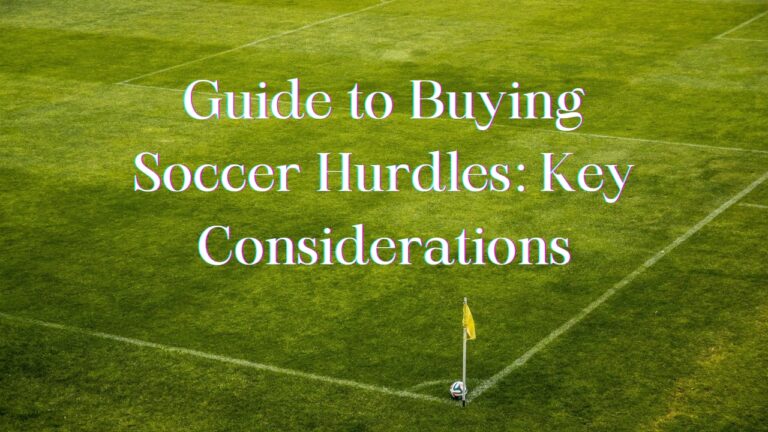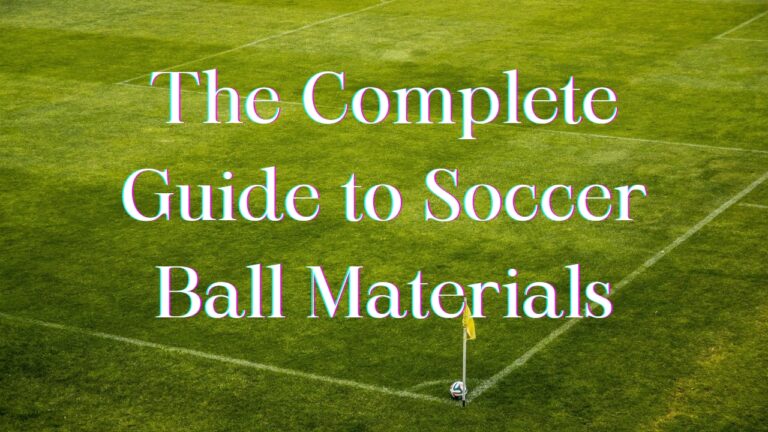The interaction between a soccer ball and the playing surface is crucial – but often overlooked. The type of surface can dramatically impact the ball’s speed, spin, bounce, and overall performance. Whether you’re playing on grass, artificial turf, concrete, or any other surface, it will affect how the ball behaves.
Understanding these surface considerations is key for players, coaches, and organizations to select the right ball and adapt their play style. The wrong type of ball on a given surface can lead to frustrating games with poor ball control and unpredictable bounces.
We dive into the top 5 playing surface factors to consider for soccer balls. We’ll explore how elements like surface hardness, flatness, friction, absorption, and abrasion impact soccer ball performance. With the right insights, you can pick the optimal ball for your surface and understand how to account for surface interactions in your training and game strategy. Let’s kick things off!
Hardness of the Surface
The hardness or softness of the playing surface is a major factor affecting soccer ball performance. Hard surfaces like concrete and asphalt provide a fast surface with higher, more consistent bounces.
The ball will gain speed when rolling and have a quick rebound off the rigid surface. This can allow for faster passes and shots. However, extremely hard surfaces can also lead to discomfort when heading or controlling the ball.
Soft surfaces like natural grass fields provide more absorption and slow the ball down. The ball is less likely to gain speed when rolling and bounces will be lower and less predictable.
Soft surfaces often lead to a slower style of play focused on control. The natural give in the surface also leads to less impact on players’ bodies during headers or traps.
In between grass and concrete lies surfaces like compacted dirt, artificial turf, and technical hybrid grass. These offer a middle ground and can be tuned based on infill materials.
Technical turf can be adjusted to play more like grass or more like concrete depending on preferences. Understanding this spectrum is key for selecting your soccer ball type.
The surface hardness impacts the ball speed, vertical rebound, and rolling friction. Test different balls on your playing surface to select one that suits the speed and bounce level you want to play at.
Adjust your play style based on how lively or dampened the ball reacts as well. Consider both ball performance as well as player comfort and safety based on surface firmness and impact absorption.
The flatness of the Surface
The flatness and evenness of the playing surface are key for consistent and predictable soccer ball performance. Flatter surfaces like indoor fields or cleanly laid artificial turf allow for truer bounces and rolls. The ball’s reaction is easy to predict, allowing players to control play more precisely.
However, many outdoor playing surfaces have slight bumps, divots, angled spots, or uneven turf. These small inconsistencies can lead to unpredictable bounces, hops, or deflections of the ball. The same pass or shot can react differently each time based on the spot it lands.
This lack of consistency makes it harder to control the ball cleanly. Defenders struggle to anticipate bounces while attackers cannot always connect as planned. The randomness injected into play places more emphasis on reactive skill.
When assessing a new playing surface, pay close attention to its flatness and look for bumps or divots. Try passing and shooting from multiple approaches to test inconsistencies. Surfaces with high flatness allow for a more controlled and nuanced playing style. Uneven surfaces require players who can adapt in the moment and handle uncontrolled bounces. Adjust your equipment, training, and game plan accordingly.
The ideal playing surface strikes a balance – some minor variation that adds unpredictability but not so much that the ball becomes impossible to control cleanly. Test different soccer ball types to find one that handles your surface’s imperfections most effectively.
Friction of the Surface
The amount of friction between the playing surface and the ball impacts the speed of play. Surfaces with higher friction, like grass, will cause more resistance and slow the ball down more rapidly. The ball will roll and slide less distance compared to low friction surfaces.
Slick, smooth surfaces like hardwood floors provide less friction. This allows the ball to roll and slide faster without slowing down as quickly. Players can ping the ball rapidly across the surface with ease.
On outdoor fields, natural grass typically provides the highest friction, grabbing the ball more than artificial turf. The grass fibers create resistance, requiring more force to pass and shoot. Artificial turf can vary based on infill materials. Some mimic grass while others play more like a smooth, hardwood court.
Concrete sits on the low end of the friction spectrum. Its hard, slick surface allows the ball to gain speed with little resistance. Shots and hard passes zip across effortlessly. Controlling the ball demands soft touches to tame the speedy rolls.
Consider how different levels of friction impact playing style and strategy. High friction allows for shorter, more controlled passes with less chance of overshooting. Lower friction enables faster ball movement but demands softer touches and more restraint on power.
Test different ball types on your surface to find the right balance of friction. The surface material alone does not determine friction – the ball’s materials, texture, and construction play a role too. Find the pairing that gives you the desired speed and control of play for your surface. Adjust strategies to account for friction and speed.
Absorption of the Surface
How much a surface absorbs impact vs repelling affects soccer ball speed and player comfort. Surfaces like natural grass absorb more force to slow the ball down. The blades compress to provide a softer landing that reduces bounce. Meanwhile, hard surfaces like concrete reflect the impact into the ball for livelier play.
When the ball lands on grass, the surface absorbs some of the impact and dampens the rebound. Shots and passes slow down faster compared to hardcourt. Players can also head and trap balls more comfortably without a rock-hard rebound.
Concrete and sport court surfaces repel impact for true bounces. The ball springs back nearly as fast as it strikes the ground. This enables rapid sequences of hard passes but also leads to increased player fatigue and contact discomfort over time.
In-between surfaces like artificial and hybrid turf vary in absorption based on infill materials like crumb rubber and sand. More give leads to softer landings similar to grass, while firmer infills mimic hardcourts. Consider both ball response and player comfort when selecting infill type.
Test different ball types on your surface to find the right rebound liveliness. Softer surfaces usually pair best with firm, high-bounce balls for the most energy return. Harder surfaces work with softer balls to take the edge off rebounds. Dial in the absorption balance you want for your playing style.
Abrasion of the Surface
The roughness or smoothness of the playing surface impacts the wear and tear on the ball over time. Rough, abrasive surfaces will cause the ball to degrade faster from friction and contact. Smooth surfaces allow the ball to retain its form and durability for longer.
Surfaces like concrete and asphalt are extremely abrasive from all the tiny nooks and grains. The texture rapidly rubs off material from the ball’s surface, causing it to go bald faster. You may need to replace the ball more often to avoid quality deterioration.
Natural grass is a moderately abrasive surface. The blades exact some abrasion but not as severely as concrete. Grass-like artificial turf fibers fall in a similar range. These surfaces offer reasonable ball durability without excessive friction.
The smoothest surfaces come from polished wood or synthetic materials found on indoor courts. The slick, even surface allows the ball to retain touch and roundness for an extended lifespan. Less abrasion leads to better ball control as the surface remains consistent.
Consider the lifespan you want from a ball versus control and consistency. Super smooth surfaces promote longevity while rougher ones require more frequent replacement. Outdoor games demand more durable balls that can handle abrasion while indoor play allows softer balls with precision touch.
Test ball durability by checking the wear and condition over time. Ensure the abrasion level suits your replacement budget and playing style preferences. Account for surface friction in ball selection and your technique for managing consistency.
Conclusion
In conclusion, the playing surface has a profound impact on soccer ball performance that must be accounted for. Factors like surface hardness, flatness, friction, absorption, and abrasion all affect the ball’s speed, bounce, roll, and durability. Consider these elements carefully when selecting your soccer ball type based on the field you play on most.
Test different balls to find the ideal match that suits your playing style. Adjust your training and tactics to complement the surface interactions. With the right ball and the right technique, you can master ball control and take your game to the next level, no matter what field you call home. The surface matters – understand it and use it to your advantage.
Related Post: The 5 Main Types of Soccer Balls You Need To Know
The Complete Guide to Soccer Ball Materials
Author


